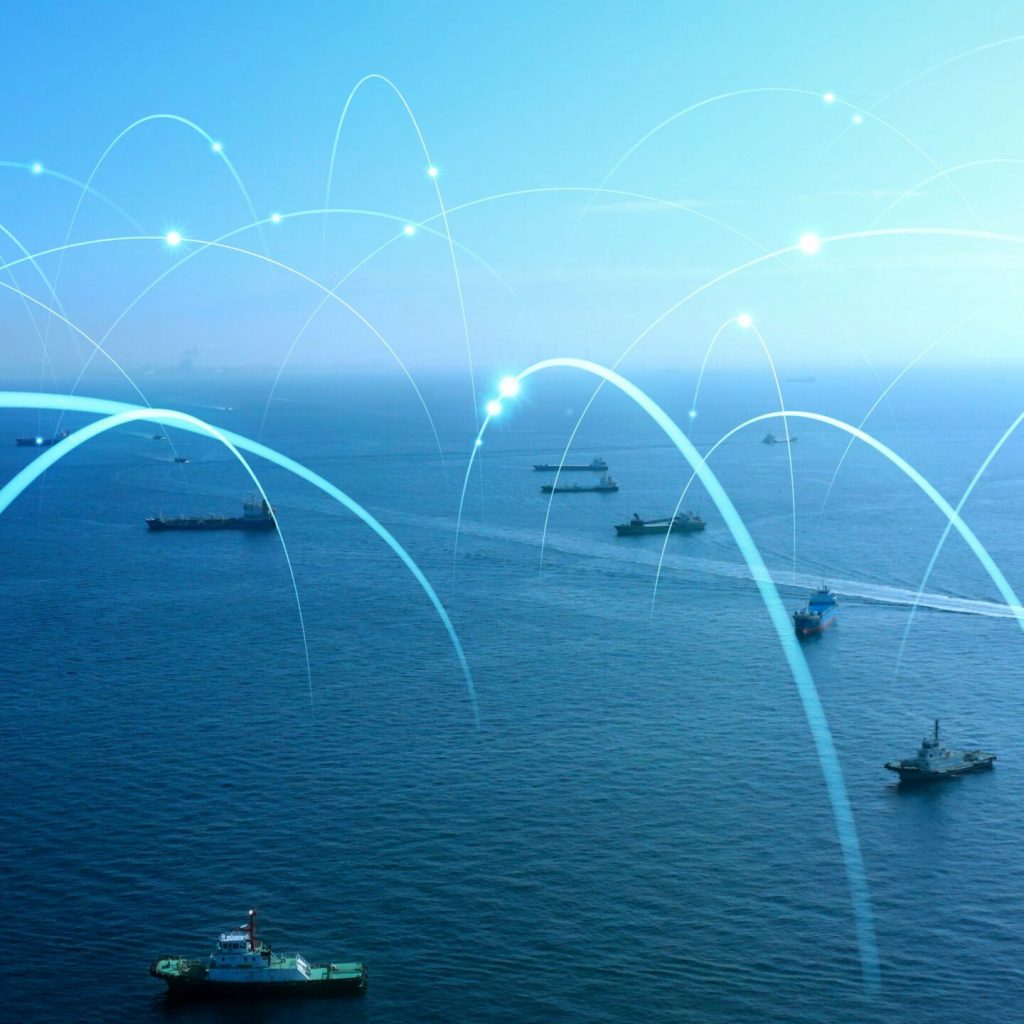Better insights through digitalisation are the only way that the marine insurance market will achieve its goals of maximising visibility, vastly improving risk assessment capabilities and reaching full confidence levels in how business is placed.
Ingesting datasets for improved risk modelling
The main limitation of many models on the market is that they work on the basis that the future will be broadly the same as the past. Of course, we have seen recently that this simply is not true.
This past year at Concirrus, we have focused on ingesting additional datasets, such as inflationary statistics, steel prices, ship utilisation and labour costs. Onboarding these new types of data will ensure the world of shipping and cargo is described in the most detailed way possible, and that all aspects of risk are captured. Ultimately, this means that the Quest model can systematically track trends and predict claims that would have previously required manual input to correct.
Ingesting these datasets goes a long way to making sure that the claims costs the market will see in the future, are accurate. This undertaking marks a revolutionary step in Quest’s development, ensuring that models are fit for the purpose of today’s unprecedented times.
An automated underwriting narrative
Other changes that are being made to Quest and its user interface is the way in which outputs are displayed. Work is underway to introduce more time series data, which will allow for historical interrogation, and predictions into the future.
To do this, there will be more visibility into how the models are working and what data is fed into them. This will enable automated underwriting narratives to be built around these insights.
Key behaviour elements of the models that have changed significantly will be surfaced, such as deviations from seasonal averages and abnormal activities and exposures, so that their exact impact on expected loss value and risk scores can be understood by the end user.
Our intention with Quest Marine Hull is to expand its capabilities so that we can offer much deeper and more specific exposure management tools. In turn, this enables the market to respond to and manage significant market events more efficiently.
Our CEO, Andrew Yeoman said, “We are building a system that will be able to cope with the data that is about to arrive. As soon as the data is there, we can feed it into the system. We have the entire solution.”
100% visibility in global supply chains
Furthermore, we are investing a great deal of time and money into our Quest Cargo product. Our goal is to provide real-time visibility on 100% of the global supply chain — from factory gates to customer warehouses. In time, this solution will cover land, sea and air, but our priority for now is of course sea. It is an ambitious task, but one we are committed to achieving and are already making good progress towards.
The challenge for insurers is that they cannot accurately track cargo exposures, meaning supply chain and accumulation risk are not fully understood or well managed. If the industry understood supply chains better, insurance could be placed more efficiently.
Overcoming obstacles
Achieving the goal of total supply chain visibility is nontrivial. It therefore made sense to begin with a manageable starting point. We ingested 100% of containerised goods data coming in and out of the US. The data we are currently training on is for approximately 250 million TEU shipments over the past few years. One of the challenges we face with the data is the inherent lag. Although it can be purchased, there is often a delay in receiving it of several weeks or even months.
Our solution to this lag is to use vessel location data. Through this method, we can match up the cargo shipments to the vessel movement data to understand what is happening in the cargo data latency period. From there, we can build a cargo prediction model that understands trade flows, vessel movements and cargo accumulation in ports in real-time.
Users will be able to click on any part of the world, on any particular port, and see exactly what has been in that port historically. They will then be able to access prediction models to understand what is in those ports now and what will be there in the future — whether that is in the next fortnight, or a seasonal prediction for the future.
Navigating the storm
Our investment in our Quest products is leading to vast improvements in the volume of meaningful data, outcomes and visibility not to mention the reliability of predictions and analyses. Ambitions for the future may be big, but we are confident that we will reach them along with our strategic partners, so that the insurance market can reap the rewards of much-needed digitalisation.
The more data sharing that can be done, the more the industry will benefit.
